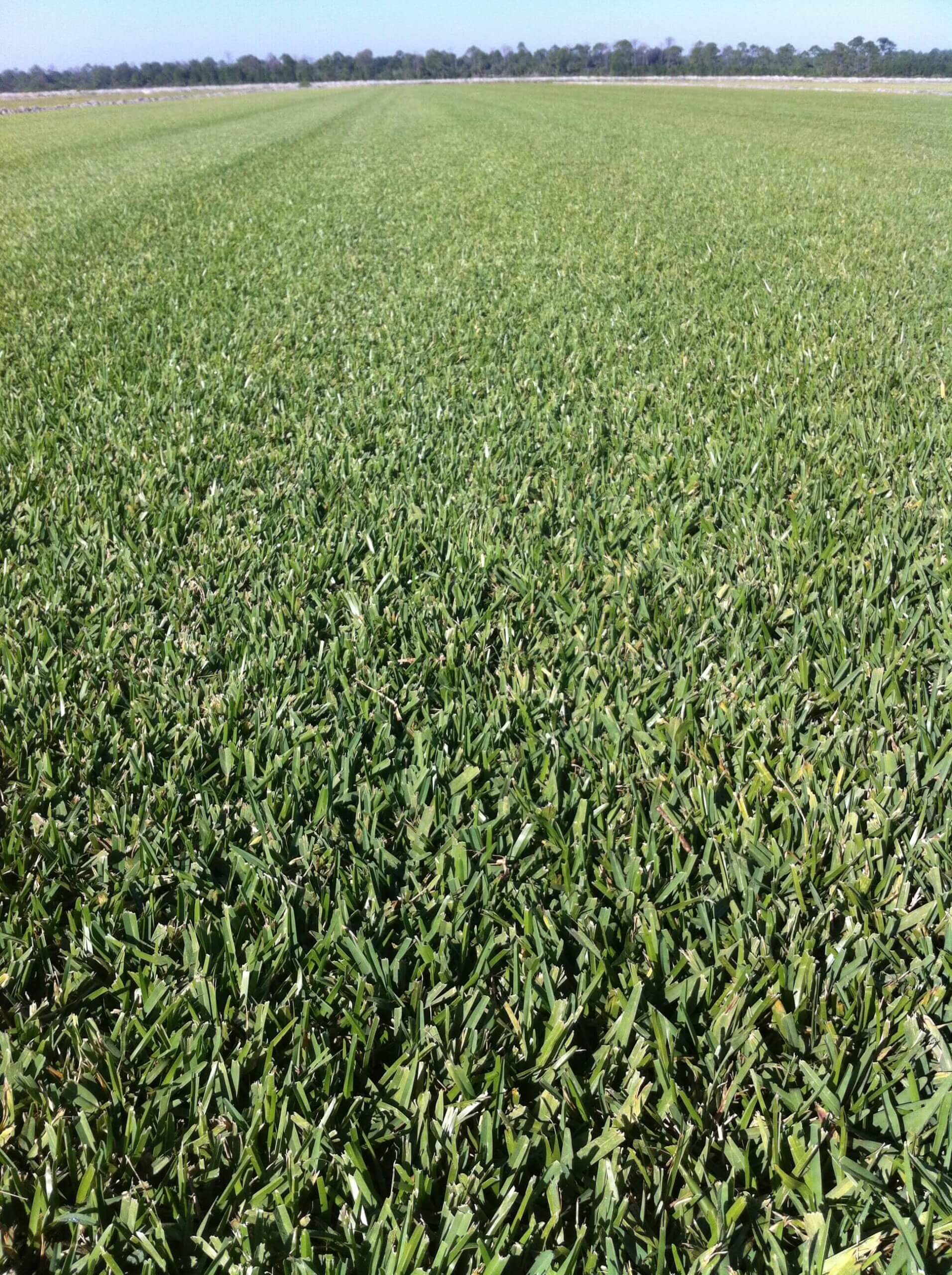
The Different Types of St. Augustine Grass
When you live in Florida, St. Augustine grass is a way of life. It is shorter, wider, and coarser than varieties of grass found farther north. The individual blades are also sharper than what you might find elsewhere, so it can be challenging to walk on St. Augustine grass in bare feet.
As common as St. Augustine grass is in Florida, there are actually different varieties of it. It is important to know what kind you have on your lawn, as the variety will influence the care you give it to keep it looking its best. Discover how each of these three types of St. Augustine grass differs from one another.
Seville St. Augustine Grass
This grass is considered a dwarf version of the typical St. Augustine grass. It has a very fine texture compared to other varieties. Its color is a blue-green and it retains this color well year round. The Seville variety enjoys shade and drought more than other types of grass, even in the St. Augustine family. If you have a very shady yard, this is a good choice for you if you are considering putting down new sod.
Seville is also great with a wide pH range of soil, which makes it good for growing in both coastal and inland areas. As this grass needs very little water to thrive, it is perfect for people who do not want a lawn that requires a lot of care.
Palmetto St. Augustine Grass
Discovered by a sod grower in 1988, Palmetto is a relatively new type of St. Augustine grass. When the grass was studied and determined to be safe for the lawns of regular homeowners, it was released for sale to the public in 1994. It is a semi-dwarf grass, with a plush appearance. It has less thatch on it than other varieties of St. Augustine grass, even in full sun exposure. Its blade is medium width compared to other St. Augustine grasses.
It is one of the few Florida grasses with a rounded end that tapers, making it feel soft. You could walk on Palmetto St. Augustine without hurting your feet. It also stays green for the longest period of time, compared to any St. Augustine grass variety. This type goes dormant if there are several frosts in a row, but will stay green in below-freezing temperatures for just one or two frosts. You will know if it is going dormant because the tops of the blades become tinged with brown.
Its resistance to shade and drought is second only to Seville St. Augustine. Seville can take more shade and drought for longer periods, but Palmetto is not far behind. If it does start to wilt from drought, which usually doesn’t happen until a couple of months of drought have gone by at the minimum, it perks right up again when watered.
Floratam St. Augustine Grass
This variety of St. Augustine grass was developed in 1972 to fight the St. Augustine Decline (SAD) grass virus that was going through Florida at the time. It also had a secondary purpose in its development in being resistant to chinch bugs.
It grows well in a variety of conditions and has long and thick blades. In fact, it has the longest, thickest blades of any St. Augustine variety. The blades appear quite coarse up close but make a lawn look plush and healthy when viewed together as a whole picture. It is one of the most popular types of grass for home lawns in Florida. It’s also used for pasture grass in rural areas.
Floratam St. Augustine needs sun, and lots of it, unlike its Seville and Palmetto cousins. It also requires more frequent mowing, with a minimum of every other week. It should be kept at three inches in height for optimal health. Like other types of St. Augustine grass, this variety is highly resistant to drought and only needs to be watered when it is noticeably wilting. It retains its color well, even in extreme weather conditions. Floratam gets its color back quickly if it starts to lose it due to drought or freezes. Florotam does best in hot and humid areas, which makes it a perfect grass for lawns in South and Central Florida.
If you have any questions about St. Augustine grass care, or which type of grass is best for your lawn, contact the experts at Duda Sod today.